How tie-dye went from a hippy summer of love staple to this season’s must-have style
The look, synonymous with the countercultural movements of the 1960s, is having a resurgence
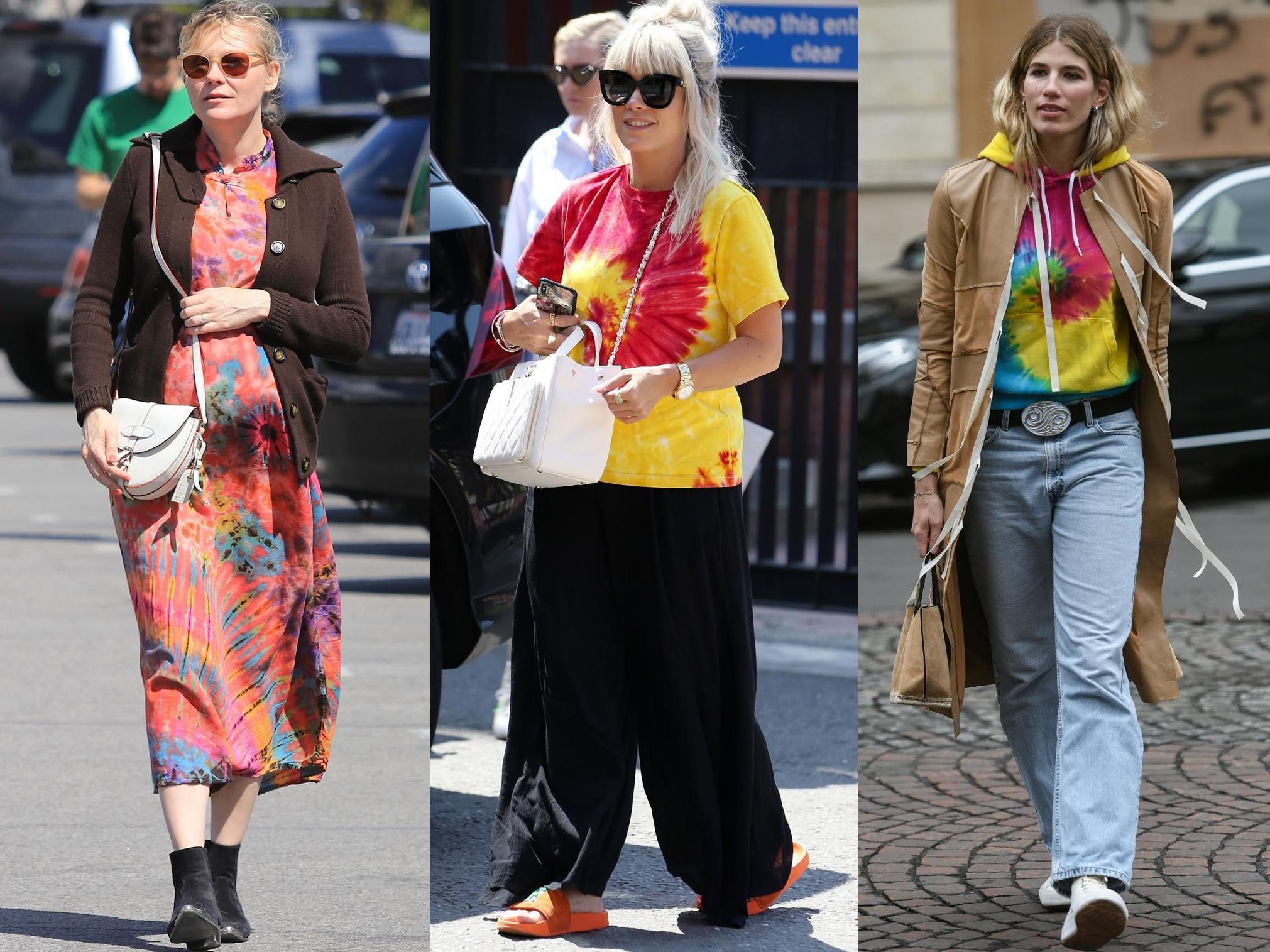
Few trends evoke the spirit of free love and social liberation quite like tie-dye.
The jaunty, psychedelic print is synonymous with the countercultural movements of the 1960s, with its free-wheeling rock music, sexual revolution and bohemianism.
But in recent months, tie-dye has been putting a hallucinatory haze over fashion week runways and high street shops. Now it's set to be one of the hottest trends for summer.
The term itself is one of the fastest-growing fashion search keywords of the year so far, according to global fashion search platform Lyst, which reported a 154 per cent rise in searches this year in its quarterly trends report.
Stand-out items come via Scandinavian label Ganni’s vibrant denim two-pieces, as seen on Gigi Hadid at this year's Coachella, Proenza Schouler’s electrifying turtleneck top, one of Lyst’s "hot products" for 2019, and Prada’s array of meticulously crafted surfer girl-inspired T-shirts.
Elizabeth von der Goltz, global buying director at Net-a-Porter, describes the contemporary tie-dye aesthetic as “summer escapism with a refreshing and cool California vibe”.
While sophisticated structures and luxury fabrics have helped tie-dye move away from its reputation as a whimsical garment reserved for festivals and summer of love parties, it's renewed popularity runs deeper than aesthetics.
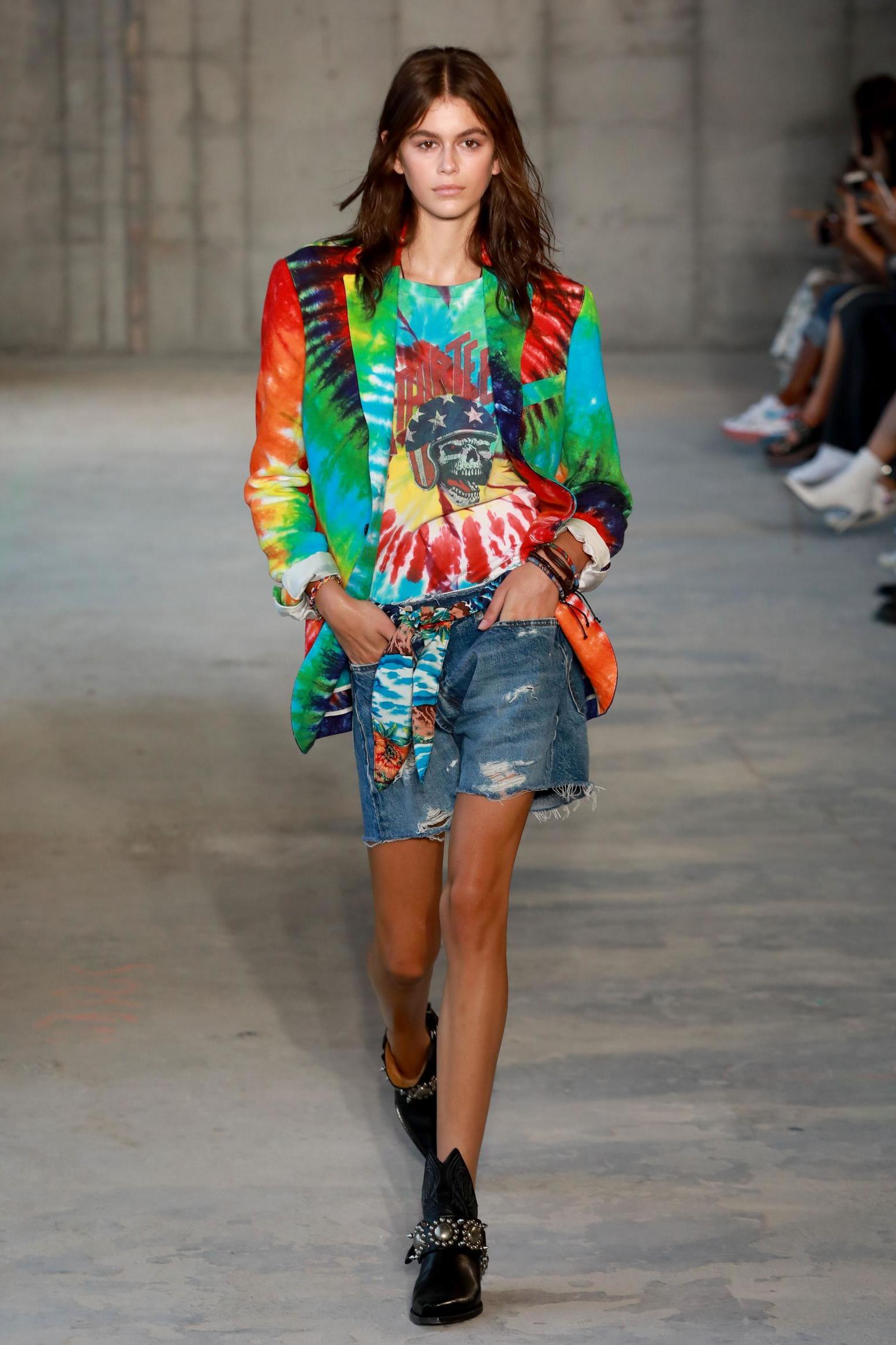
“In 2019, tie-dye is culturally relevant,” explains Morgane Le Caer, fashion insights reporter at Lyst.
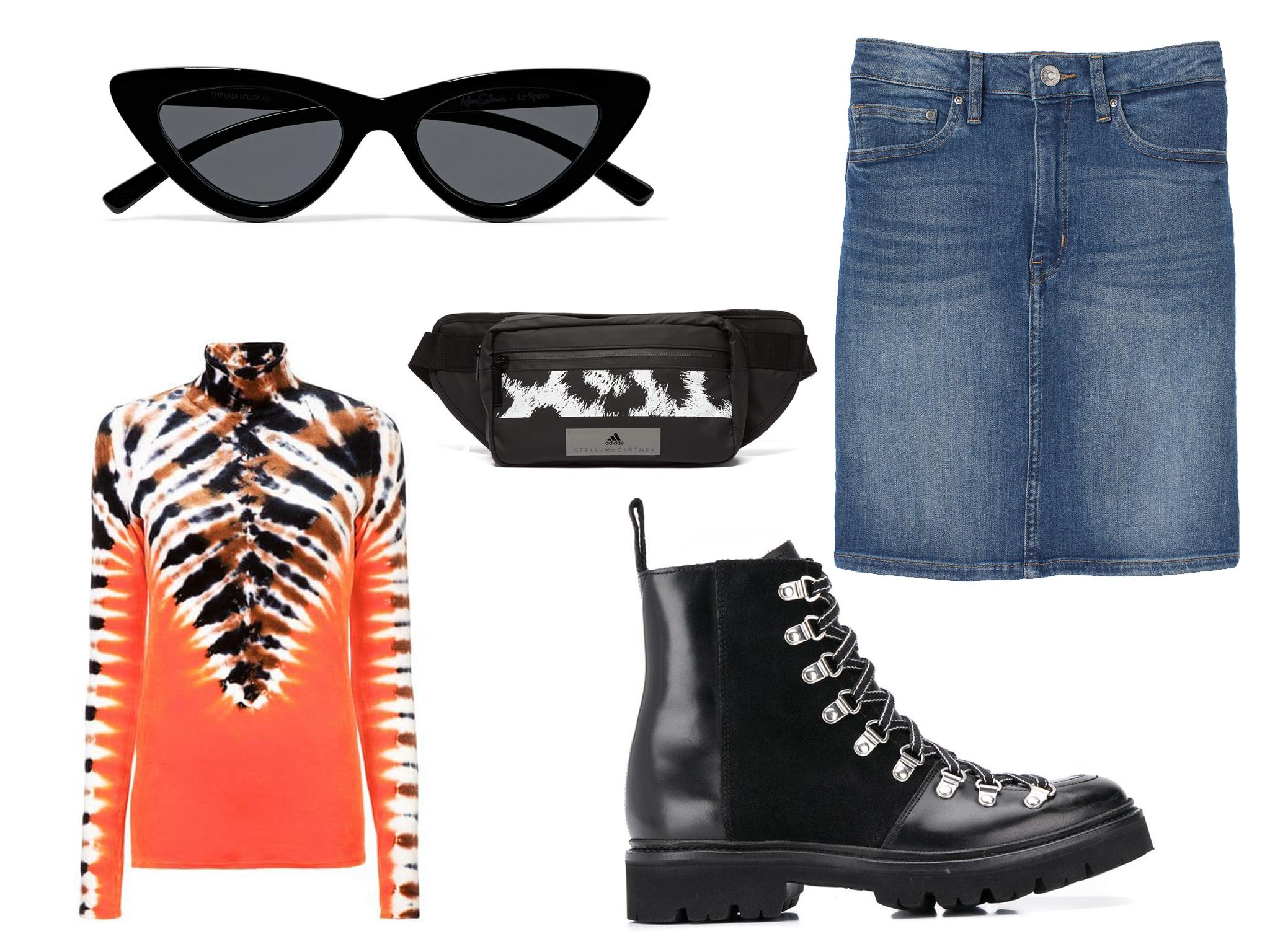
“Originally worn in the 1960s during numerous student protests in America, it once again seems to be viewed as a silent, peaceful protest against the current political climate,” she tells The Independent.
Indeed, by dint of simply wearing tie-dye, you are paying homage to one of the most significant periods of cultural freedom in the modern era, explains design historian Dr Harriet Atkinson.
“Tie-dye was seen as a visible rejection of western establishment dress codes and social mores in the 1960s,” she tells The Independent, pointing to the influence of cultural renegades such as Jimi Hendrix and Janis Joplin, two of the most prolific wearers of the look at the time.
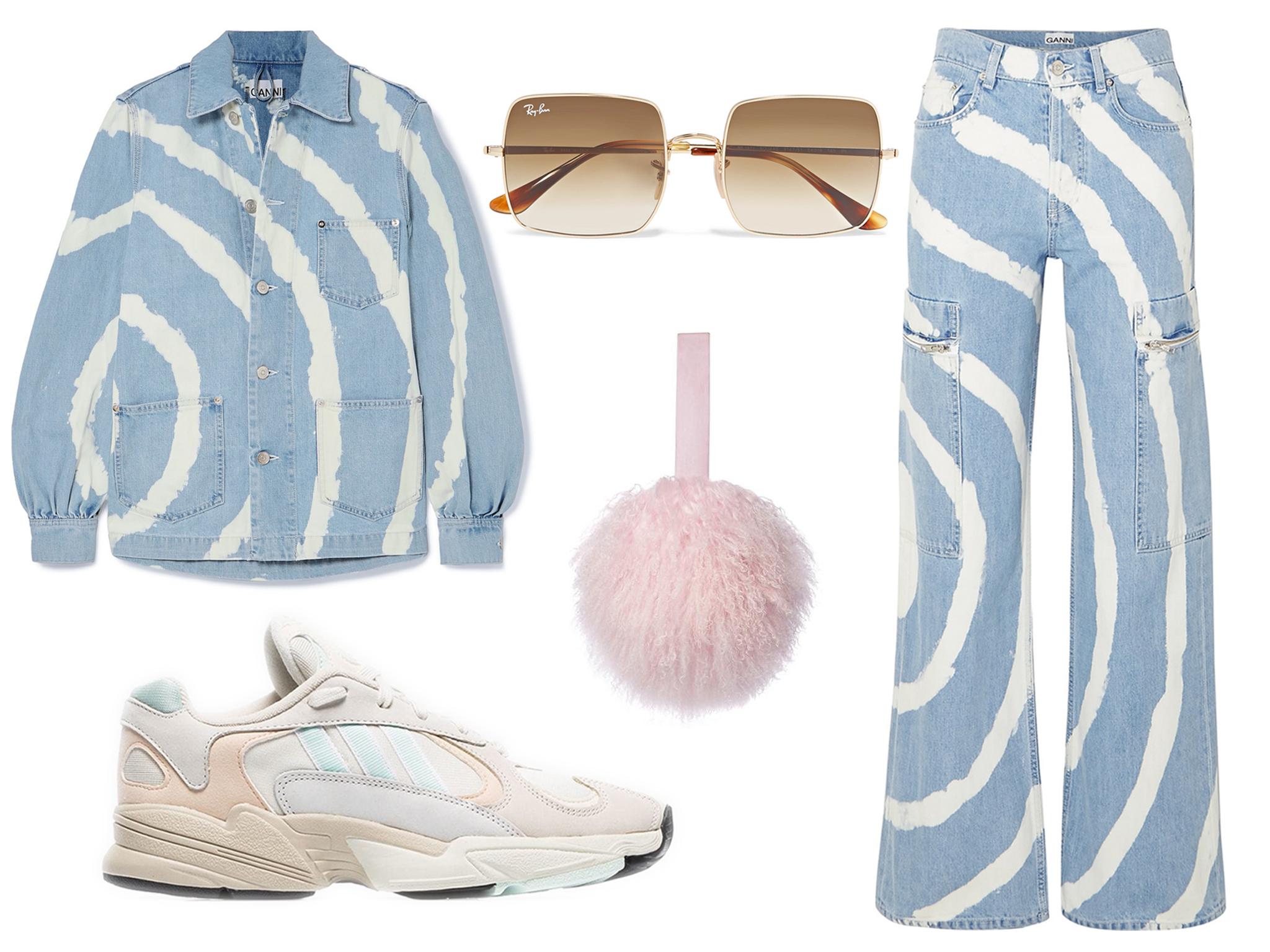
“They expressed their conspicuous embrace of the spirit of DIY culture with its ideology of self-sufficiency,” Atkinson adds, explaining that wearing tie-dye became synonymous with the hippie movement. "It was seen as going back to nature because it required using plant dyes and simple homemade techniques."
Of course, it doesn’t anymore, as fashion chains began mass-producing the tie-dye look in the 1990s using contemporary methods that were faster and more efficient.
But tie-dye's homemade roots play an important role in its resurgence, adds Le Caer, who describes it as going “hand in hand” with the rise in demand for a more sustainable fashion, thanks to its ties with organic materials, natural dyes, and artisanal methods.
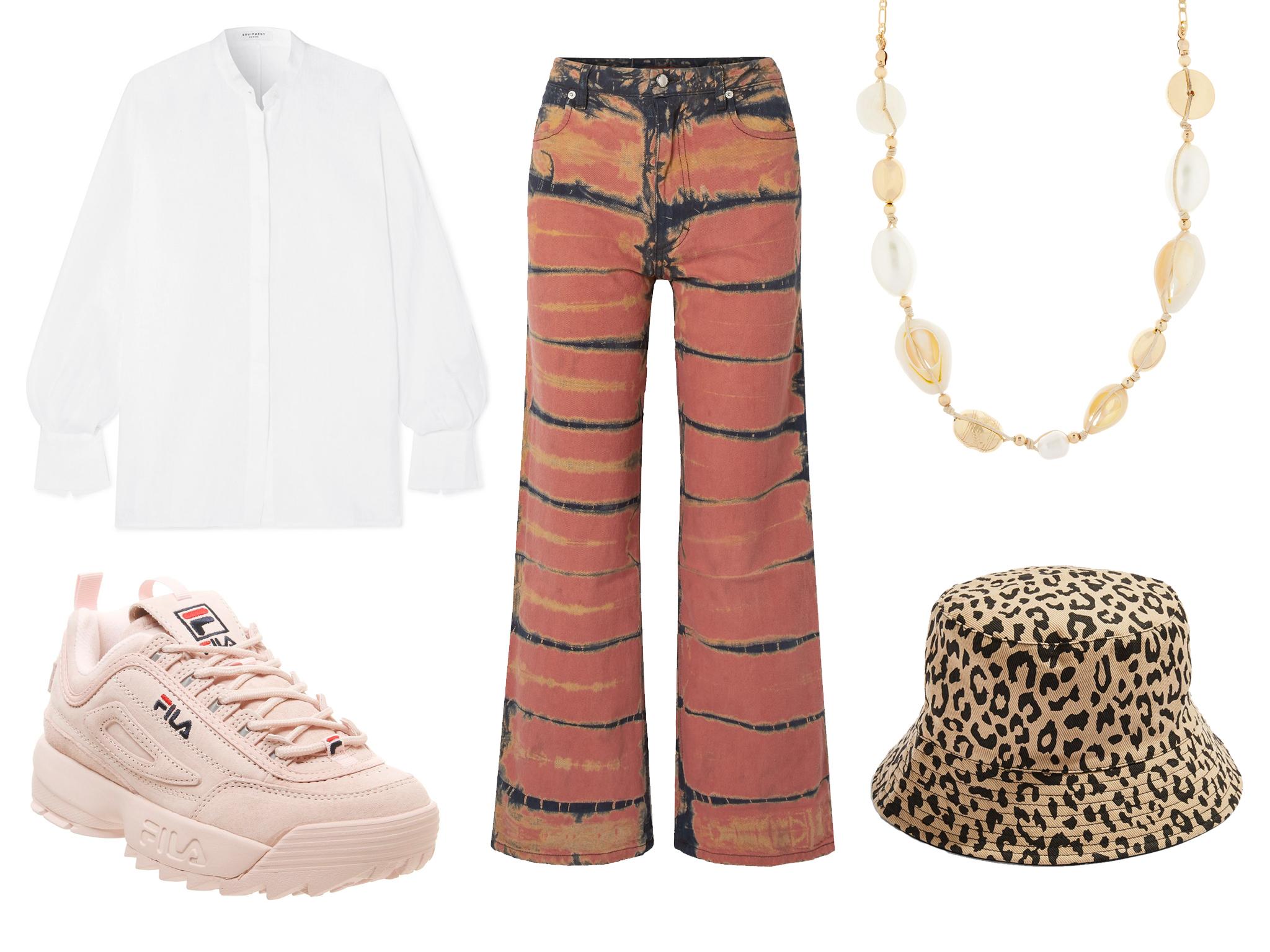
And while you'd think major fashion labels are capitalising on modern dying techniques to produce their tie-dye, this isn't always the case. Ganni, for example, uses manual methods for its tie-dye pieces, such as bleaching and spraying.
Celebrity stylist Alex Longmore describes the process as a return to basic craftsmanship, telling The Independent that the tie-dye trend is about "championing textiles, fabrics and just how much talent goes in designing these pieces”.
“It’s really hard to create the perfect tie-dye fabric,” she adds.
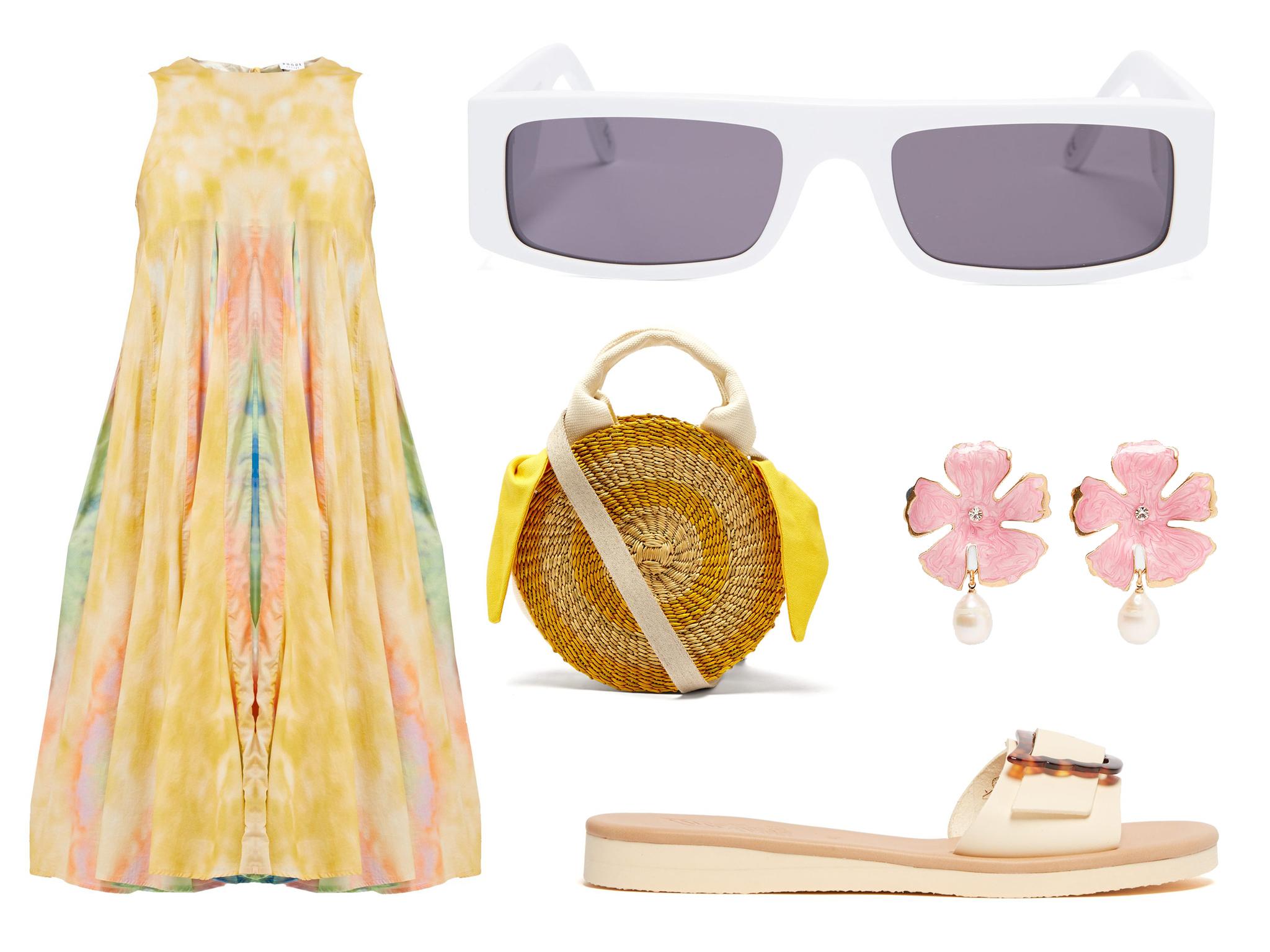
As for how to wear it without looking like you’re en route to a muddied field to dance around in a mosh pit in the depths of Somerset, it’s about taking a less is more approached, says Emily Gordon-Smith, director of consumer product at trend intelligence company, Stylus.
“Don’t go full-on multi-coloured tie-dye,” she tells The Independent, advising choosing a single colour for a more considered and tonal approach to the look.
And sceptics better put on their big-girl pants, because Gordon-Smith predicts that tie-dye’s sartorial high is far from ephemeral.
“We predict that subtle ombre and dip-dye effects will be big news going into autumn/winter and even next spring/summer,” she says, “so the pieces are worth investing in, especially as an elegant update on this season’s tie-dye takeover".
Join our commenting forum
Join thought-provoking conversations, follow other Independent readers and see their replies
Comments
Bookmark popover
Removed from bookmarks